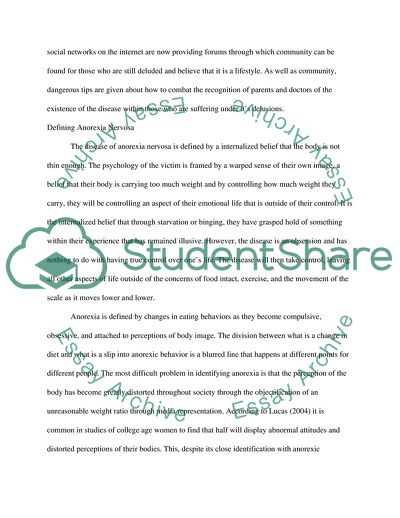Cite this document
(The Impact of the Social Media on Anorexia Nervosa Term Paper - 1, n.d.)
The Impact of the Social Media on Anorexia Nervosa Term Paper - 1. https://studentshare.org/psychology/1749252-psychology-counseling-dying-to-be-thin
The Impact of the Social Media on Anorexia Nervosa Term Paper - 1. https://studentshare.org/psychology/1749252-psychology-counseling-dying-to-be-thin
(The Impact of the Social Media on Anorexia Nervosa Term Paper - 1)
The Impact of the Social Media on Anorexia Nervosa Term Paper - 1. https://studentshare.org/psychology/1749252-psychology-counseling-dying-to-be-thin.
The Impact of the Social Media on Anorexia Nervosa Term Paper - 1. https://studentshare.org/psychology/1749252-psychology-counseling-dying-to-be-thin.
“The Impact of the Social Media on Anorexia Nervosa Term Paper - 1”. https://studentshare.org/psychology/1749252-psychology-counseling-dying-to-be-thin.


